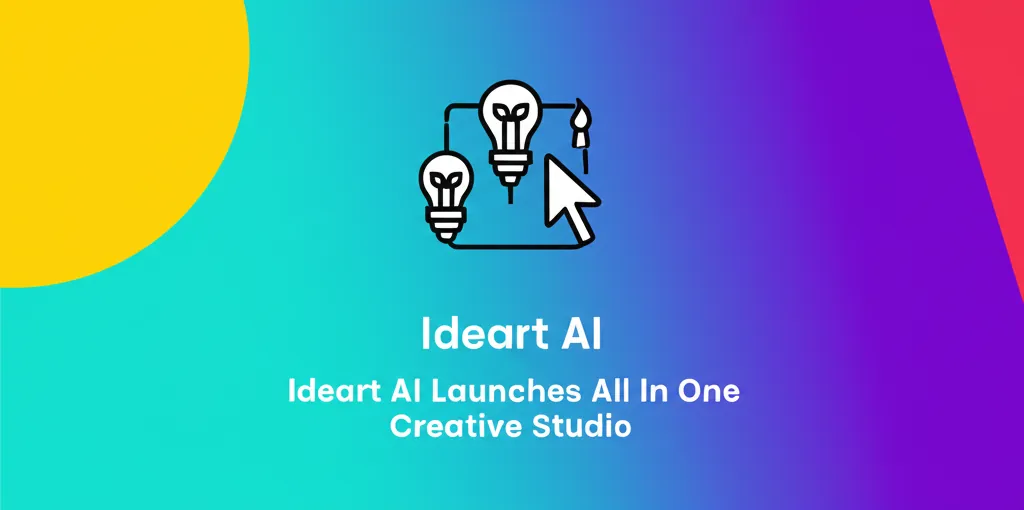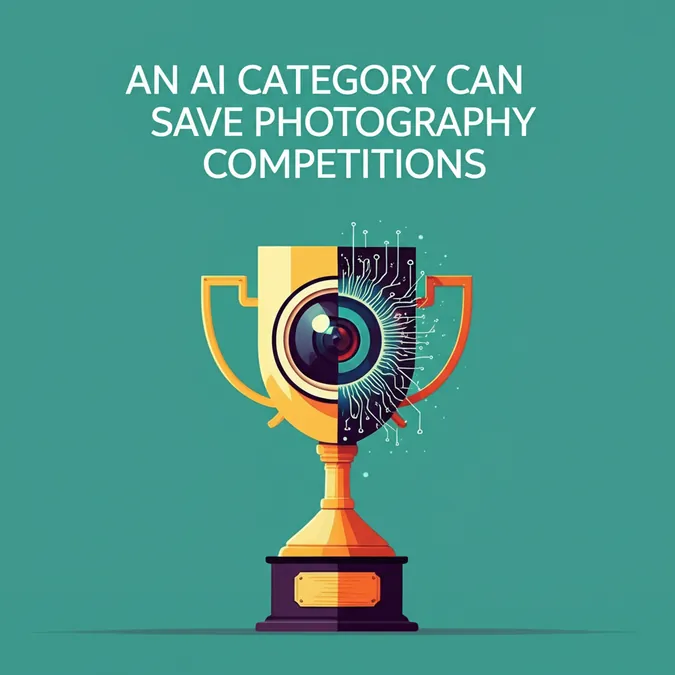Cornell Team Fights Deepfakes With Smart Lighting Technology
The Growing Challenge of AI Fakes
In an age where digital content is everywhere, distinguishing between real and artificially generated images and videos is becoming a significant challenge. The sophistication of AI tools means that deepfakes and manipulated media can easily fool the average viewer. PHD Candidate Peter Michael from Cornell University shared a common experience, stating, “It’s been very often the case where I am watching a video on social media and I see a video of something crazy and end up believing it. And sometimes by chance afterward that it was actually fake.”
A Novel Solution Using Light
To combat this, Michael and Assistant Professor Abe Davis have developed a groundbreaking tool designed to authenticate video footage. Their innovative approach doesn't rely on software alone; instead, it uses a unique form of lighting. Davis explains the core concept: “The idea of how we can make that information advantage in those settings is that we control the lighting and we have the lighting fluctuate in a way that is imperceptible to humans.”
This method essentially embeds a unique, invisible code directly into the video as it's being recorded. This code, created by the subtle light fluctuations, acts as a digital watermark. While the human eye cannot perceive these changes, a camera sensor can easily pick them up, providing a reliable way to verify the video's integrity.
High Stakes Applications for Verification
The primary application for this technology is in high-security and high-trust environments where video authenticity is crucial. It provides a powerful tool for Forensic Video Analysts to determine if a video has been tampered with. Davis highlighted several potential use cases: “We’re talking about certain events like political speeches or rallies or maybe we’re talking about locations like the united nations or the White House or Congress.”
In these scenarios, the ability to confirm that a video is unaltered is paramount for security, public record, and trust. This technology gives an advantage to those trying to verify content in an ongoing battle against misinformation.
The Future of Accessible Authentication
The researchers' ultimate vision extends beyond specialized applications. They plan to make this technology widely available to the public. The goal is to eventually sell these specialized lights at a price point comparable to a standard light bulb. This approach would make video authentication accessible to anyone, from journalists and content creators to everyday users, helping to restore a layer of trust in digital media.


